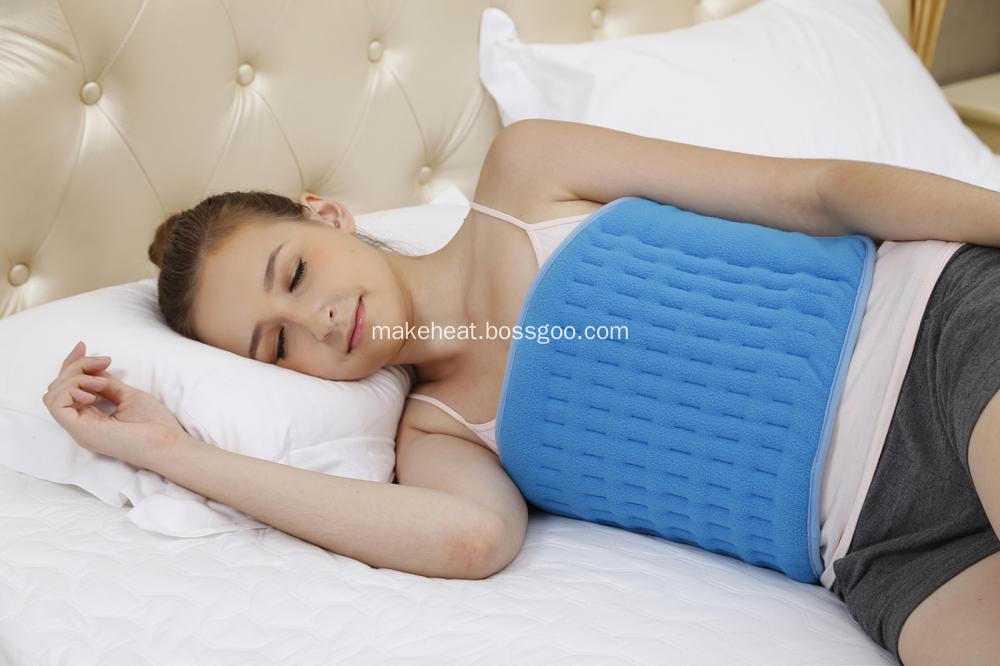(1) Production process Grape → Selection → Cleaning → Crushing → Stalk removal → Heating → Pressing → Sterilization → Cooling → Enzyme treatment → Filtration → Blending → Filtration → Filling → Sterilization → Cooling → Finished product (II) Operation points
1. Selection, Cleaning: Grapes for juice processing require about eight mature. If the ripeness is too low, there is no flavor of the grape, and the storage process is prone to rot during the storage process. In the process of processing, the rot fruit and the immature fruit must be picked in time. Grape cleaning usually uses 0.03% potassium permanganate first, then rinse with water.
2. Crushing, removing stems: After the grape is cleaned, crushing and removing stems are performed immediately to facilitate juicing and reduce the odor caused by fruit stems.
3. Heating: The broken pulp is heated to about 60°C for 1 hour to soften the pulp, which facilitates the dissolution and juice extraction of pigments in the peel and pulp.
4. Pressing, sterilizing: After the heat treatment, the pulp should be squeezed as soon as possible. The squeezed fruit residue is added with a proper amount of water for the second time. The two juices are mixed and pasteurized (about 80° C.) to avoid subsequent processing. The middle juice was fermented and the juice was cooled to 40°C after enzyme treatment.
5. Enzymatic treatment: Add pectinase to fruit juice for degumming treatment. The concentration of pectinase is 0.01%-0.05% and the treatment time is 2 hours to improve the clarity of the juice and post-cloudiness of the juice. After degumming, the enzyme was digested with Celite.
6. Sugar: Quantitative addition of purified water to a sugar bowl heated to 90-100 °C, adding weighed white sugar and citric acid, sugar temperature 80-90 °C, saccharification, filtration standby.
7. Mixing: Add juice, sugar, essence and color (diluted with a small amount of fruit juice) to the mixing tank and mix while mixing. The general flavor concentration is 0.1% and the amount of pigment is 0.1%.
8. Filling and sealing: The packaging containers (iron cans or glass bottles) shall be cleaned with purified water. The beverage temperature during filling shall be controlled at about 60°C to ensure a certain degree of vacuum in the cans and sealed in time.
9. Sterilization, cooling: Sterilization immediately after sealing, sterilization temperature of 95-100 °C, sterilization time of about 10 minutes. After the sterilization is completed, it is cooled to 35-40°C as soon as possible, and the glass bottle should adopt the subsection cooling method.
(c) Product Standards. Should have a strong flavor of this variety, juice clear and transparent, allowing a small amount of precipitation, no odor, no impurities, soluble solids> 12%, total acid> 0.30%, pH <4.5, the total number of bacteria <100 / ml, coliform Group <6/100 ml, no pathogenic bacteria can be detected.
1. Selection, Cleaning: Grapes for juice processing require about eight mature. If the ripeness is too low, there is no flavor of the grape, and the storage process is prone to rot during the storage process. In the process of processing, the rot fruit and the immature fruit must be picked in time. Grape cleaning usually uses 0.03% potassium permanganate first, then rinse with water.
2. Crushing, removing stems: After the grape is cleaned, crushing and removing stems are performed immediately to facilitate juicing and reduce the odor caused by fruit stems.
3. Heating: The broken pulp is heated to about 60°C for 1 hour to soften the pulp, which facilitates the dissolution and juice extraction of pigments in the peel and pulp.
4. Pressing, sterilizing: After the heat treatment, the pulp should be squeezed as soon as possible. The squeezed fruit residue is added with a proper amount of water for the second time. The two juices are mixed and pasteurized (about 80° C.) to avoid subsequent processing. The middle juice was fermented and the juice was cooled to 40°C after enzyme treatment.
5. Enzymatic treatment: Add pectinase to fruit juice for degumming treatment. The concentration of pectinase is 0.01%-0.05% and the treatment time is 2 hours to improve the clarity of the juice and post-cloudiness of the juice. After degumming, the enzyme was digested with Celite.
6. Sugar: Quantitative addition of purified water to a sugar bowl heated to 90-100 °C, adding weighed white sugar and citric acid, sugar temperature 80-90 °C, saccharification, filtration standby.
7. Mixing: Add juice, sugar, essence and color (diluted with a small amount of fruit juice) to the mixing tank and mix while mixing. The general flavor concentration is 0.1% and the amount of pigment is 0.1%.
8. Filling and sealing: The packaging containers (iron cans or glass bottles) shall be cleaned with purified water. The beverage temperature during filling shall be controlled at about 60°C to ensure a certain degree of vacuum in the cans and sealed in time.
9. Sterilization, cooling: Sterilization immediately after sealing, sterilization temperature of 95-100 °C, sterilization time of about 10 minutes. After the sterilization is completed, it is cooled to 35-40°C as soon as possible, and the glass bottle should adopt the subsection cooling method.
(c) Product Standards. Should have a strong flavor of this variety, juice clear and transparent, allowing a small amount of precipitation, no odor, no impurities, soluble solids> 12%, total acid> 0.30%, pH <4.5, the total number of bacteria <100 / ml, coliform Group <6/100 ml, no pathogenic bacteria can be detected.
Waist Heating Pad is similar to regular Heating Pad, but normally used specifically to relieve pains caused to human waist.
It is with a detachable controller with 4 temperature settings as option.
It will shut off automatically after 2 hours for the sake of safety.
Besides, the internal heating element also has the function of overheating protection, to ensure safety when people use it.
Below image as a reference:

Waist Heating Pad
Heating Pad for Waist, Waist Heat Pad for Winter, Multi-Purpose Waist Heating Pad, Large Waist Heat Pad
Ningbo Makeheat Electrical Appliance Co., Ltd , http://www.makeheat.net